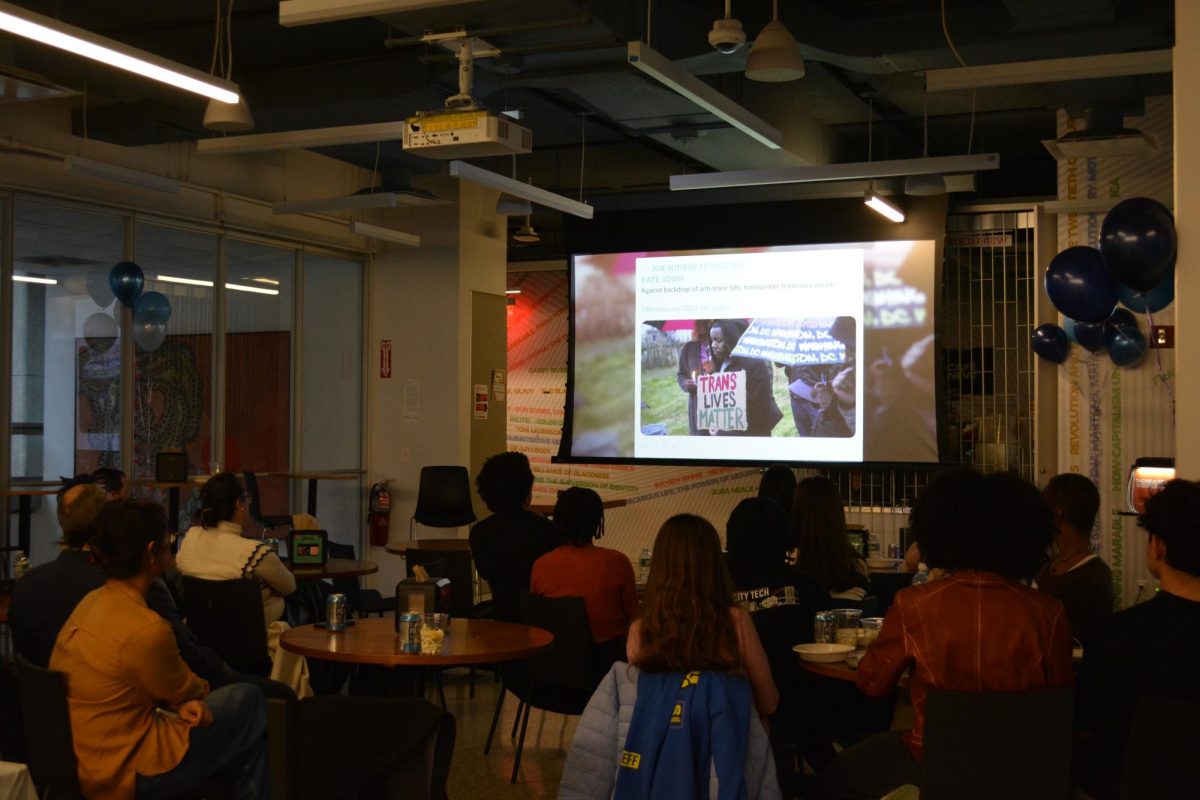
Ever since their inception, movies have been a prevalent force in the entertainment business, winning over hundreds of millions of fans and earning billions of dollars in revenue. From behind the camera to making it to the big screen, movies have led the decades with cinematic innovations. But what is it about the latest trend towards three dimensional movies that adds to the filmgoing experience?
A poll was recently conducted on the student body with the following results: 56% said that 3-D movies are better than regular movies, 21% said that regular movies beat 3-D movies, and 23% said that there was no preference between the two.
Junior Abeida Prasad made it clear that she prefers 3-D movies over regular ones. “They provide more of an experience. Anyone can just sit at home, turn off the lights, and watch a movie. But with a 3-D movie, you actually want to make some sort of effort to go to the movies because you know it’ll be worth it.”
Agreeing, freshman Andi Rustani said that movies in 3-D provide a different appeal to the viewers. “The illusion of experiencing the scenes of a film is a fairly new advancement in film-making and people seem to be enjoying it.”
Classic film industries such as Disney’s Pixar have begun to experiment in 3-D, attempting to create more realistic transitions from the screen to the glasses. IMAX worked to enhance the potential of their 3-D glasses by making the lenses more compact and color-splicing.
The new developments are what keep Gabriela Zygadlo, junior, still interested in 3-D. “I think that 3-D movies really enhance the emotions you get when watching the movie. It’s nice to be able to watch a movie and be able to reach out your hand and try to feel if something is actually in front of you. Even though there never really is anything in front of you, you never get disappointed because it’s just thrilling.”
Although movies in 3-D have gained a lot of attention over the years, there are some drawbacks to them. Freshman Abigail Calumpit claims that she doesn’t watch 3-D movies frequently because they are usually more expensive than regular movies. However, even though she believes that the 3-D experience comes at a pricier cost, her rare trips to 3-D movies are almost always thrilling. “When I watched Avatar in 3-D, it felt so realistic that there were some moments during the movie where I felt like I was a part of it. [Three-dimensional movies] also make you feel like something is being thrown your way, and you feel more thrill.”
Contrastingly, sophomore Dominik Sochon thinks 3-D movies are unnecessary. “[A three-dimensional movie] gives you headaches and half of the movie is never even in 3-D. It’s also way more expensive [than a regular movie].”
Many others feel the same way. Senior Megan Parker tells us that she finds 3-D movies unnecessary and expensive.
There are also those who’ve been exposed to several 3-D movies, yet remain apathetic as to whether or not 3-D movies can compare with regular ones. Junior, Paula Fraczek made it clear that she thinks 3-D movies can catch the eyes of people of all age groups but are superficial in content. “Personally, I’ve never really been a fan of 3-D movies since I think that there’s no need for them. 3-D movies are just another way for consumers to reel money from potential customers, whether they’d be three years old and going to see Ice Age or 60 years old and going to see Titanic.”
Similarly, Sofia Milonas, senior, thinks that 3-D movies are not as interesting as they’re made out to be. Although she said that they are getting more innovative in style and focus, they do not intrigue her now as much as they would if she were still a kid.



























